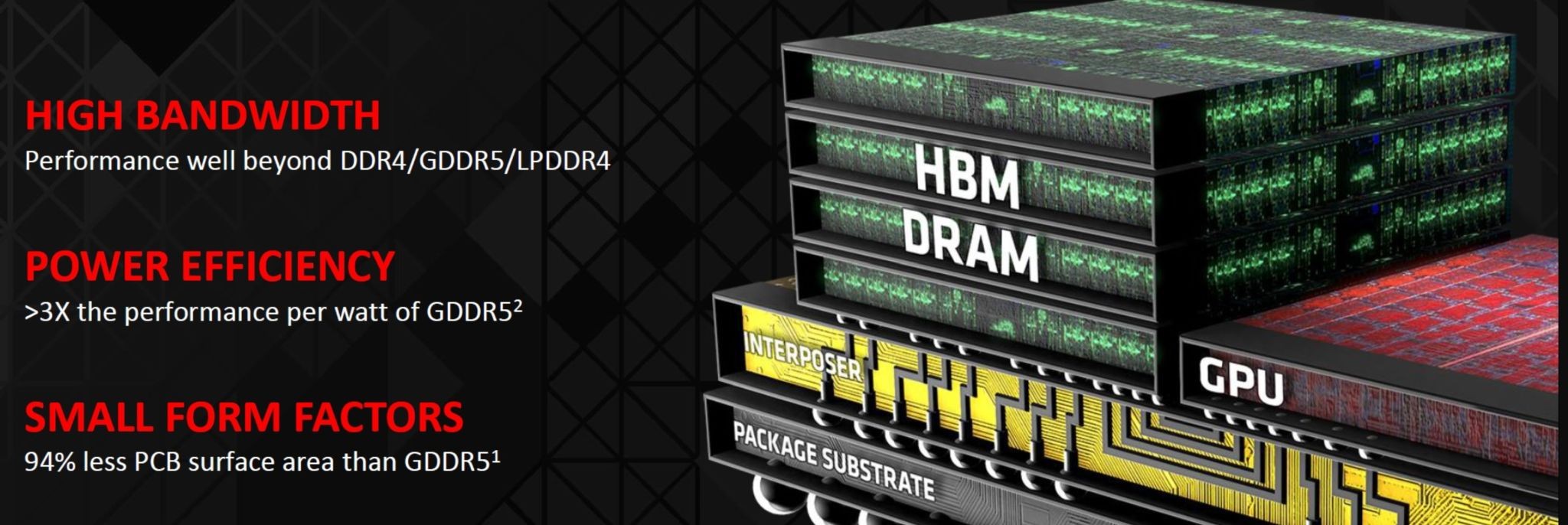The Crucial Role of TSVs in High Bandwidth Memory: Performance, Thermal, and Mechanical Insights

In High Bandwidth Memory (HBM3), analyzing Through-Silicon Vias (TSVs) involves several critical aspects. Electrical performance is a key area of focus, where TSV resistance, capacitance, and signal integrity are evaluated to ensure they meet performance requirements and prevent issues like noise and crosstalk.
Thermal performance is also crucial; it’s important to assess how well TSVs manage heat dissipation and handle thermal cycling to maintain reliability under varying temperatures. Mechanical reliability is examined through stress and strain analysis, as well as fatigue testing, to ensure TSVs can withstand mechanical forces and repeated thermal cycles without failing.
The manufacturing process is another critical aspect. Ensuring the quality of TSV fabrication, including proper alignment, filling, and insulation, is essential, and defect monitoring is necessary to avoid performance issues. Design considerations involve optimizing TSV density and placement to balance performance, power consumption, and area, and incorporating redundancy techniques can enhance reliability.
Testing and validation are fundamental to confirm that TSVs operate correctly and reliably over time. Lastly, compatibility and integration are examined to ensure TSVs work well with other components and interfaces within the HBM3 system and integrate effectively within the overall packaging. Addressing these aspects comprehensively ensures that TSVs in HBM3 systems perform optimally and maintain high reliability.
